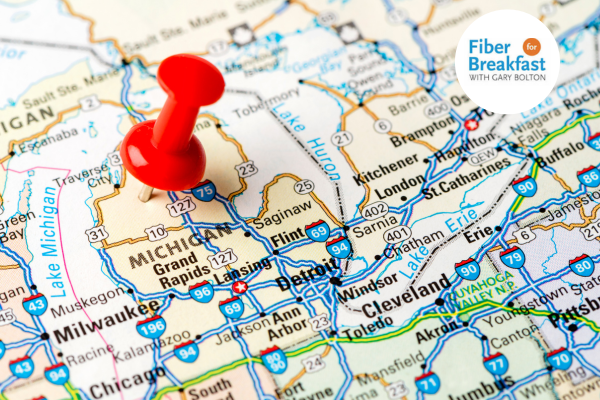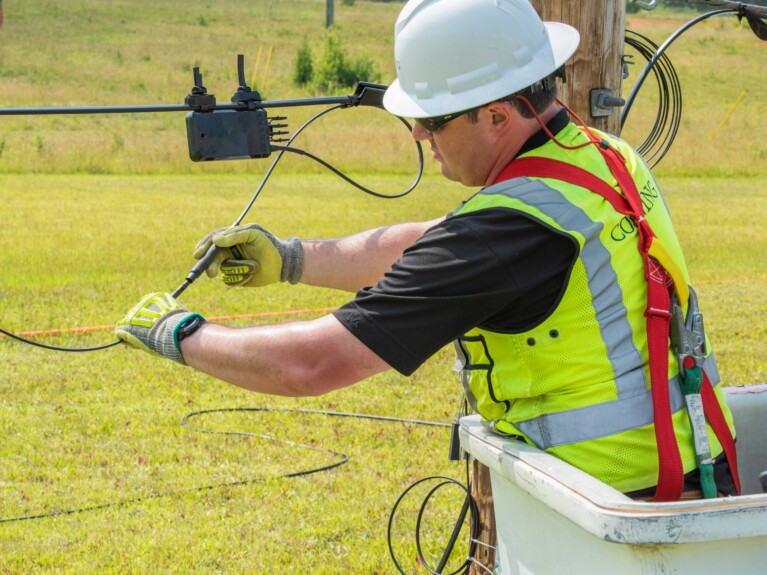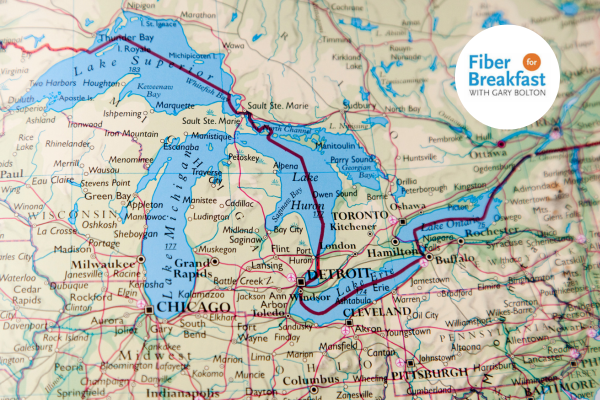Saving Money and The Environment – Sustainability Through Fiber
Smart climate solutions are all the rage, but their real power comes through carbon reduction strategies that are reducing costs for businesses, especially as society pushes businesses towards sustainable practices. AT&T is on a path to become carbon neutral by 2035, leveraging its fiber network and other technologies to help the company reduce carbon emissions by a Gigaton that same year.
“Addressing climate change, as a risk or an opportunity, is becoming increasingly important to businesses,” said John Schulz, Director of Sustainability Integration, AT&T. “There are many surveys out there that will show you that this issue is becoming more and more important. The reason is not only the news you hear, but also pressure. Building pressure is a great change agent; it provides a great sense of urgency. Pressure to address climate change is coming from more and more sources these days, your customers, competitors, from regulators in some cases, and a lot of public companies are getting it coming from investors.”
AT&T has identified four areas where it is creating Smart Climate solutions including transportation, industrial, energy, and agriculture. Connectivity plays a fundamental role in businesses becoming more efficient, with fiber providing efficient access to data and data being used to measure processes and drive efficiencies. “Oftentimes, visibility can help reduce emissions,” Schulz said. “Think about how we can use less electricity, less fuel, even water and raw materials when you’re more efficient with the use of those resources.”
To create Smart Climate solutions, AT&T combines tools from its portfolio of services, including fiber, IoT, 5G, edge computing, voice and collaboration, and network virtualization. For example, fiber-connected Smart Grid solutions would work with renewables to reduce oil and gas emissions. IoT solutions, such as AT&T’s Fleet Solutions, enable insight into the use of AT&T’s vehicles and help reduce fuel use today and generate data for the introduction of electric vehicles in the future.
“A fiber connected factory has devices that are connected so operators can see where electricity, resources, fuel, and raw materials are and how they’re being used,” Schulz said. “Optimizing that reduces costs. It helps increase productivity as it saves time, and often reduces emissions. We think industrial applications, especially high emitting areas like steel and cement, can get those types of intelligence into those operations, and we can help reduce those emissions.”
To learn more about fiber and how AT&T is using it to deliver smart climate solutions, listen to the latest Fiber for Breakfast podcast.





